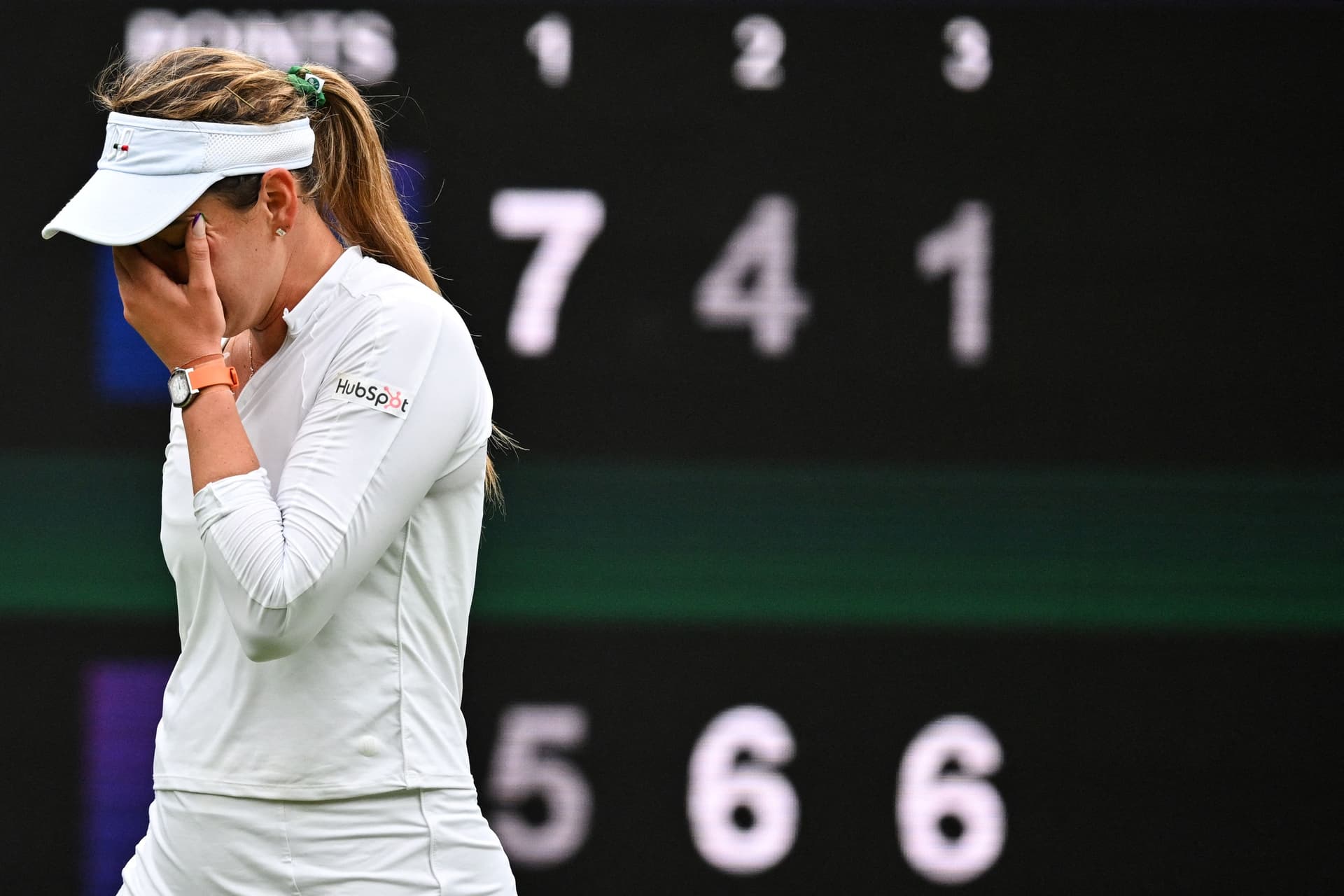Tennis
How Long Is a Tennis match?
Men's singles matches are typically played as best-of-five sets at Grand Slam tournaments. This format allows for longer matches since a player must win three sets to secure victory.

Croatia's Donna Vekic//Getty Images
Best of five sets is used in men's Grand Slam tournaments and can last anywhere from 2.5 to 5 hours – occasionally even longer.
The famous John Isner vs. Nicolas Mahut match at Wimbledon 2010, which lasted 11 hours and 5 minutes over three days, was a prime example.
Defensive players with long rallies can extend matches, while aggressive, quick-serve players may shorten them.
If sets are tied at 6-6, a tiebreaker is played, which can also affect match duration. At the time of the Isner v Mahut match, there was no tiebreaker for fifth set matches, so a player had to win at least six games while also winning the set by two games. This is how the match was able to drag on for so long, with the set ultimately going the way of Isner 70-68.
Factors like weather, court surface, and even player fitness can impact match length.
Are Men’s and Women’s Tennis Matches Equal in Length?
Men's singles matches are typically played as best-of-five sets at Grand Slam tournaments. This format allows for longer matches since a player must win three sets to secure victory. In most non-Grand Slam events, men's matches are played as best-of-three sets, as is also the case in women's matches.
Across all tournaments, including Grand Slams, women's singles matches are consistently played as best-of-three sets. Thus, a player needs to win two sets to win the match. This means that at grand slam tournaments, men’s matches can regularly go on for up to five hours, whereas a three-hour match is extremely long in women’s tennis. However, there are only four grand slam tournaments per year and in other tournaments, there is generally no difference in terms of format between men’s (ATP) and women’s (WTA) matches.
| Event type | Men’s matches | Women’s matches |
| Grand slam singles | Best of 5 sets | Best of 3 sets |
| Grand slam doubles | Best of 3 sets | Best of 3 sets |
| Regular tournament singles | Best of 3 sets | Best of 3 sets |
| Regular tournament doubles | Best of 3 sets | Best of 3 sets |
What Was The Longest Tennis Match of All-time?
The longest tennis match ever played was a Men's singles first-round contest at Wimbledon 2010 featuring the victorious John Isner, the 23rd seed from the USA, against France’s Nicolas Mahut, who had advanced through the qualifying rounds.
The match commenced on Court 18 at 6:13 p.m. British Summer Time (17:13 UTC) on Tuesday, 22 June 2010. As daylight began to fade, play was halted at 9:07 p.m. before the fifth set could begin. The match resumed the following day, Wednesday, 23 June, at 2:05 p.m., and by 5:45 p.m., it had already become the longest tennis match ever. Play continued until the score reached 59-59 in the final set, forcing another suspension at 9:09 p.m. due to insufficient light.
When action resumed at 3:40 p.m. on Thursday, 24 June, Isner finally clinched the win at 4:47 p.m., with the fifth set lasting an incredible 8 hours and 11 minutes.
The overall match spanned 11 hours and 5 minutes of playing time spread across three days, with the final score reading 6–4, 3–6, 6–7(7–9), 7–6(7–3), 70–68 to Isner, totaling 183 games. It remains the longest match in tennis history both in terms of time played and total games. In fact, the fifth set alone surpassed the length of the previous record for the longest match.
During the contest, both players shattered multiple records at Wimbledon and in tennis history, including each serving over 100 aces.
Years after this record-breaking marathon of a match, Wimbledon introduced a rule change in 2019, mandating a tiebreak if the score in the fifth set (or third set in women's matches) reached 12-12. Another rule modification in 2022 introduced a 10-point tiebreak at 6-6 in the final set across all Grand Slam events, making it highly unlikely that another match will surpass the length of the Isner–Mahut clash.
The reason why the final set in the Isner Mahut clash took so long to complete was that in the absence of a tiebreaker, a player had to not only win at least six games in order to take the set, but also win two games more than their opponent. It took until Isner had won 70 games before he could extend his lead to two over Mahut. This would not have happened if there was a tiebreaker once the score in the fifth set had reached 6-6.
Leonard Solms is a freelance journalist who has been covering local and international sport from South Africa since 2015. Best known for his work for ESPN, he has also written for Al Jazeera, The Continent, New Frame, Planet Rugby and GiveMeSport among several other publications.